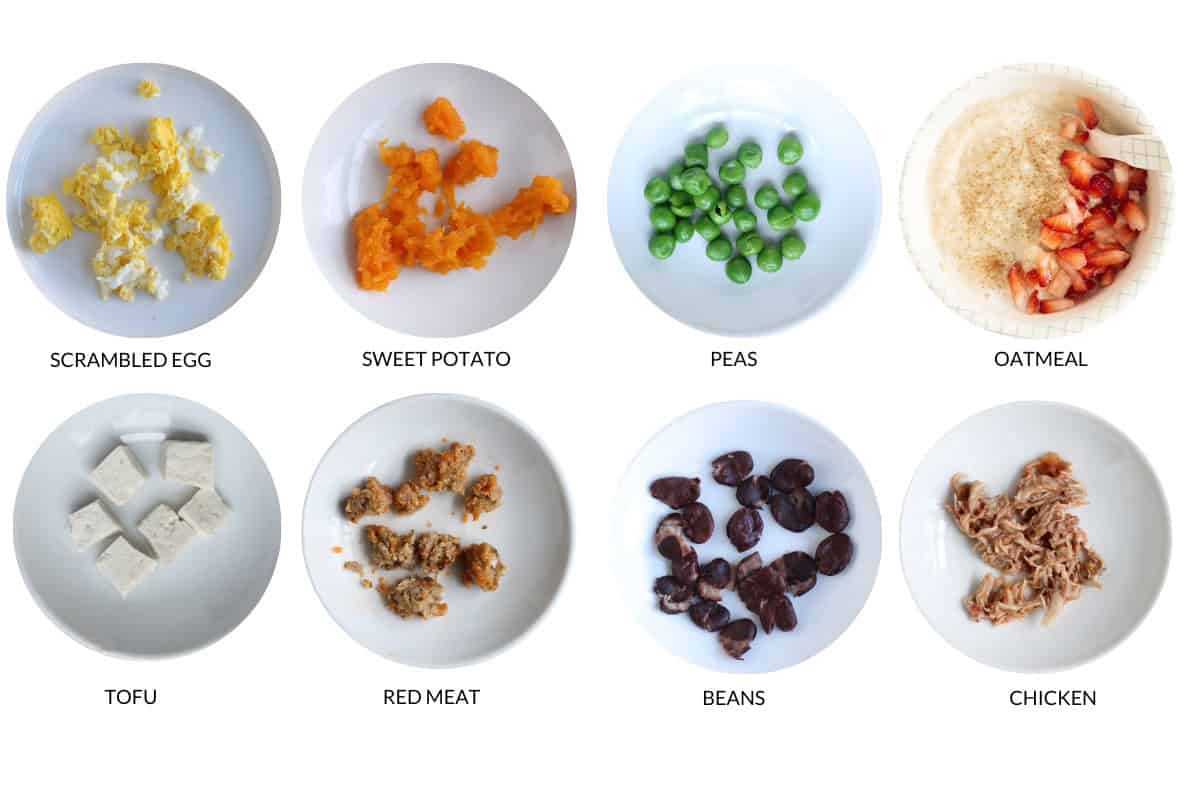Since women entered the workforce in large numbers more than six decades ago, women have been layering on roles, including—but in no way limited to—household, child care, and professional responsibilities, all with little additional support from society, corporations, or government. As women have continued to enter the workforce in larger numbers and continued to pile on additional responsibilities, the complexity of what it means to be a working mother—and all of the additional roles women take on—has become more and more acute.
Companies have invested in the training and education of their female workforce only to find that when they become mothers, a leaky pipeline of talent begins. This year marks Motherly’s fifth annual State of Motherhood survey, and the data reveals that for women still in the workforce, their feelings about combining a career and motherhood have become even more pessimistic: 23% of mothers say they don’t think it’s possible to combine them (up from 17% in 2021). And, for non-working mothers, 30% say they feel that combining work and motherhood is impossible (up from 26% in 2021).
Related: Motherly’s 5th annual State of Motherhood survey
This leaky pipeline has led to an unconscious bias against women, and specifically mothers, resulting in huge economic implications. The woman penalty in work is truly a motherhood penalty. According to Equal Rights Advocates, it takes four extra months more on average for a working mother to earn the same wages as a man, father or otherwise.
In the past companies have gotten by without addressing this leaky pipeline of female talent because there has been a substantial educated male workforce to make up the delta. However, the millennial generation is the first generation in history in which women are more educated than men.
This monumental shift changes the landscape for businesses and means that addressing the systemic challenges faced by working mothers is no longer a nice to have but a business imperative.
Working mothers are the most educated cohort in today’s workforce. It is imperative for companies and for our economy that we figure out how to keep educated women working in the workforce once they enter motherhood.
Related: Here’s why the Great Resignation has been so much more complicated for moms
Notably, this year’s State of Motherhood survey reveals that nearly 50% of today’s working mothers are the primary breadwinner in their family earning 50% or more of their household income. Without addressing issues like the motherhood penalty, affordable childcare, parental leave, and creating flexible work options that enable working mothers to integrate their work and mothering responsibilities, The Great Resignation will undoubtedly continue, which will drive down the competitiveness of the United States.
As our country’s most educated demographic, our country depends on mothers to stand up and advocate for the changes that we require to be successful both in the home and in the workforce. For too long mother’s have been asked to nurture in a society that does not nurture us back.
This must be the time—we must be the generation—that demands parental leave, affordable child care and equal pay for mothers.
However, these changes cannot only happen at the governmental and legislative level. Companies must find ways to institutionalize remote-first and flexible work policies, as well as comprehensive parental leave. For hourly workers without remote options, employers must support predictable schedules to facilitate consistent childcare. And, equally important, companies must invest in re-onboarding and reintegrating mothers as they return to work from maternity leave.
Related: The pandemic cracked open the U.S. childcare crisis. Here’s what could help make it better
And it doesn’t stop there.
These conversations must start at home. Motherly’s 2022 State of Motherhood study showed that despite being primary breadwinners in their families, mothers are continuing to bear both the physical and mental load of motherhood disproportionately more than their partners. Of note, 50% of primary income-earning moms still handle a majority of the household chores (that’s up from 40% five years ago) and almost half (48%) are the family financial planner, meaning mothers pay all the bills and manage the household finances.
We must have the hard conversations in our homes, advocating for and demanding more equity in our relationships to ensure we can thrive as working mothers and model better for future generations.
Welcome to ParentingBlog. Here you will find information about pregnancy, parenting, baby tips, nutrition, health and more. We have tons of videos, articles, tips, and advice. All found in one place! Enjoy!
Shop our online store for the best deals in beauty, health, and more. SHOP NOW.



















Add comment